Cacti: care and transplant at home
Cacti are among the popular and favorite plants to grow at home. The reasons for the increased attention to them are hidden in the exoticism of the plant and the beautiful flowering. Many gardeners and hobbyists cactus may believe that the plant is not whimsical to care for, which is a fairly common mistake. It is important to closely monitor and control its development for a cactus, therefore, below are basic information about the growth of succulents.
Content:
- The best varieties of cacti to grow
- Reproduction methods
- How to care for cacti
- Transfer: terms and rules
- Diseases and pests
The best varieties of cacti to grow
Everyone's favorite cacti come from America. They are distributed practically throughout the southern part of the "New World", as well as in Mexico and the southern United States. The huge range of the plant determines a great species diversity. There are tropical forest species, desert and prairie cacti. Each variety has its own growing characteristics. They served as the basis for the creation of ornamental plant species.
It would be problematic to grow a real cactus in houses and apartments, which can be several meters high. Therefore, with the help of selection, it was possible to derive dwarf variants, just suitable for apartments.
There are a large variety of cacti, which allows gardeners and simply lovers of living plants to select the best options for personal preferences and wishes.
Of the most popular desert species, it is worth noting Echinopsis, Knippel's Echinocereus. Also known are Gruzon's echinocactus, Peruvian cereus, Sylvester's chamecereus. These species are most commonly found in flower shops and appear in people's homes.
In the cramped conditions of apartments, it is practical to grow special varieties, which sometimes can hardly be called cacti. These include Ripsalidopsis, Epiphyllum, as well as the most famous Zygocactus, which is also called "Decembrist" or "Christmas".
Reproduction methods
Cacti can reproduce in two ways - vegetatively (using shoots) and generatively (growing from seeds). Most cactus species prefer propagation with the formation of shoots.
For those who love growing plants at home, this approach looks optimal. If you are passionate about going through the entire cultivation path, then you should use seeds - in this case, despite all the laboriousness of the cultivation process, you can get a plant of the given parameters.
When using shoots that form on adult plants, you should carefully select those on which roots have already formed.
If you bought seeds, then carefully monitor their condition - you do not need to grow a plant from damaged or diseased seeds. Also, be sure to disinfect the seeds before sowing to prevent the development of various diseases. And a small note from the point of view of psychology: experts believe that impressionable and vulnerable people are prone to growing cacti.
How to care for cacti
Often cacti are used to create additional protection against radiation - then it must be placed next to the source.If you want the plant to perform tasks for the aesthetic design of the room, then you should carefully approach the location of the cactus.
Depending on the variety, the degree of need for daylight also differs.
So, for desert cacti, quite a lot of light is needed, so the best option would be to place the southern and eastern windows on the windowsills. Forest varieties, such as zygocactus, can also be placed on the north side - for them, light is not so important. The task of breeding is to provide extremely close to natural conditions for cacti - then the result will be appropriate.
In the summer, the plant is recommended to be placed on the balcony, and in the winter it is important to provide sufficient moisture to the plant. In the cold season, the cactus is in a state similar to hibernation. Therefore, you do not need to worry about its development - it is enough to place it in a cool room, with an average temperature of about 17 degrees Celsius. A big danger when caring for cacti is watering... Less often, an excess amount of moisture leads to the death of a plant, more often - the owner simply forgets to water the plant.
For each plant, the irrigation regime is individual, but in general, the scheme is as follows:
- In spring and summer, water the plant once every 2 days.
- In the fall, once a week.
- In winter, once every 10-15 days.
And constantly monitor the soil moisture level. The lower the ambient temperature in the room, the lower the evaporation rate - the less you need to water the cactus.
Transfer: terms and rules
Transplanting a cactus is important for the harmonious development of the plant. Usually this event is held in the spring - at this time the cactus begins to fill with juices and develop rapidly. Watering should be stopped about 2 days before transplanting - this contributes to the easy detachment of the soil from the root system. When removing a plant from a pot, it is important to protect it by wrapping it in paper or cloth.
Young plants should be transplanted once every 1 year, when the cactus is about 3-4 years old, then the transplant is carried out once every couple of years.
The pot is selected taking into account the size of the plant - so that the roots take up the entire space. A small layer of drainage is laid on the bottom of the tank, which is covered with a thin layer of soil specified for transplantation. The cactus is placed on the created "pillow" and, carefully holding it with your hand, it is covered with soil about a centimeter before reaching the top edge of the pot. Periodic tapping on the pot will result in sufficient compaction of the soil.
For the correct choice of soil for a cactus, it is enough to buy a ready-made mixture in a specialized store. Cacti can be grown in any container, from plastic yogurt cups to specialized ceramic pots. The only limitation is metal cookware. The metal can rust over time, which negatively affects the development of the plant.
Diseases and pests
Cacti, like any other plants, are susceptible to various specific diseases. Many pathogenic bacteria, fungi and viruses can infect the structure of the plant and lead, first to its oppression, and then to death. Most diseases are very dangerous and, despite their resistance to external factors, cacti are often adversely affected. It is important to ensure sufficient protection of the plant and timely assistance in case of damage.
The peculiarity of cactus diseases is the latent course of the disease, which is sometimes difficult to identify.
Therefore, prompt diagnosis turns out to be very problematic. The optimal solution in such a situation is the timely prevention of diseases. It is important to strictly follow the established rules for the care of plants, as well as their nutrition. The situation is such that a once unclosed window or an error in watering can lead to the development of a disease. Therefore, carefully monitor the condition of the plant and strictly control the parameters of its content.
Diseases can occur as a result of the following points:
- The window is not closed, as a result of which the plant freezes.
- Watering the cactus using cold water.
- Ignoring damage to the structure of plants, which must be dusted with sulfur or prepared charcoal in a timely manner.
- Expose the cactus to open sunlight gradually.
- Plan the wintering of the plant carefully and in detail.
A cactus at home develops quite steadily and allows you to create excellent plants. Proper care, selection of sprouts and prevention of diseases contribute to the growth of the cactus and the formation of beautiful inflorescences.
More information can be found in the video:



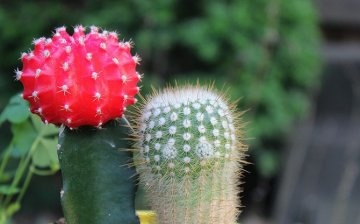
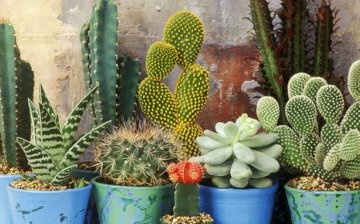
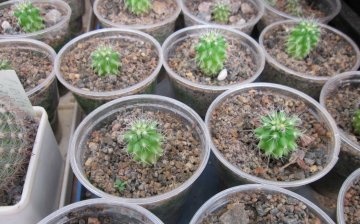

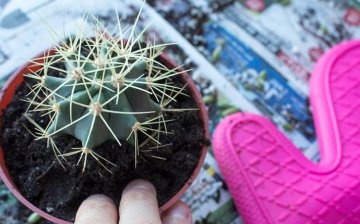
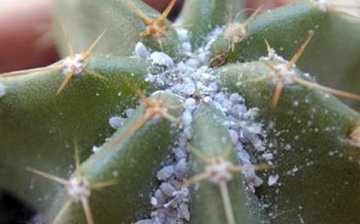






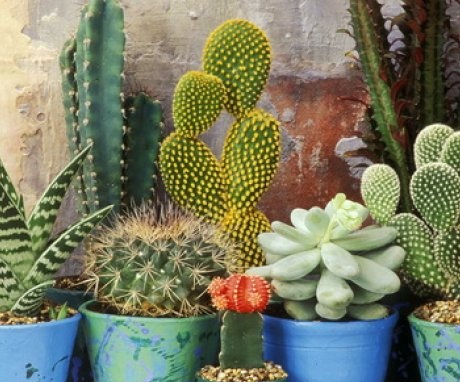
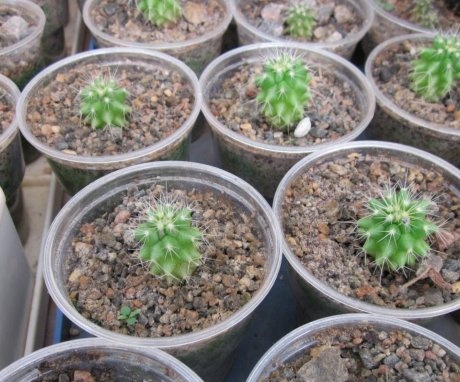
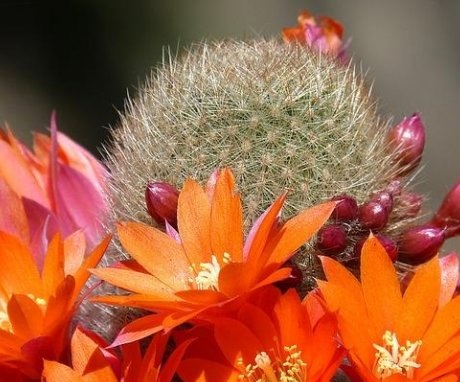

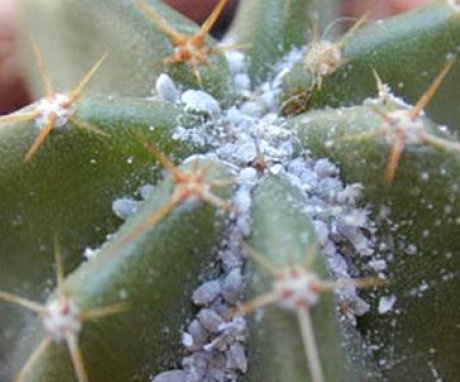
Cacti are among those plants, the care of which is minimal. You can rarely water them, feed them too. In addition, the cactus pot needs a small one, that is, they are very convenient plants.
I have several cacti living at home, and there are no big problems with their care. One stands on the windowsill and protects the house from unkind people who may come. Others near the TV and computer protect from radiation. Several times the cacti even bloomed.
I transplanted cacti more than once, there were no problems. I just separated all the earth from the pot and put it in a new one. were immediately accepted, did not wither. after the transplant, on the advice of a friend, I did not water for a week, so that it would be better to start in a new pot.